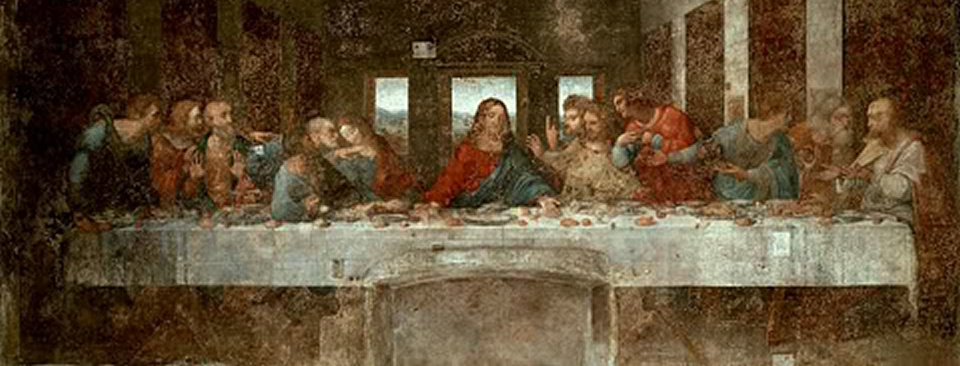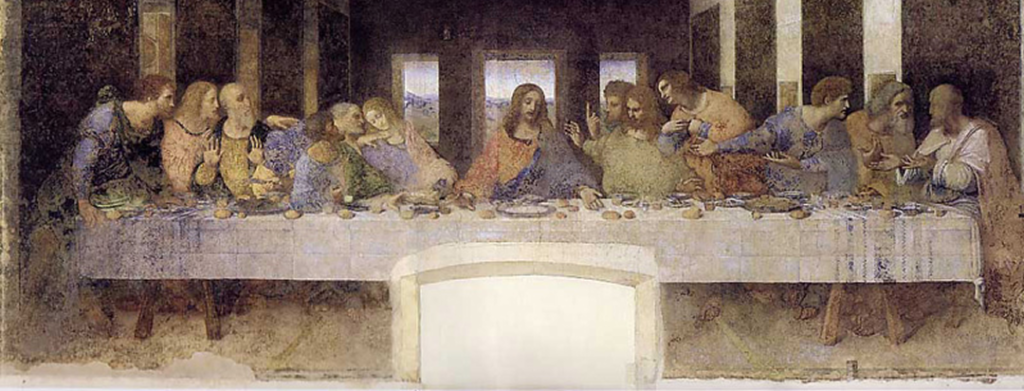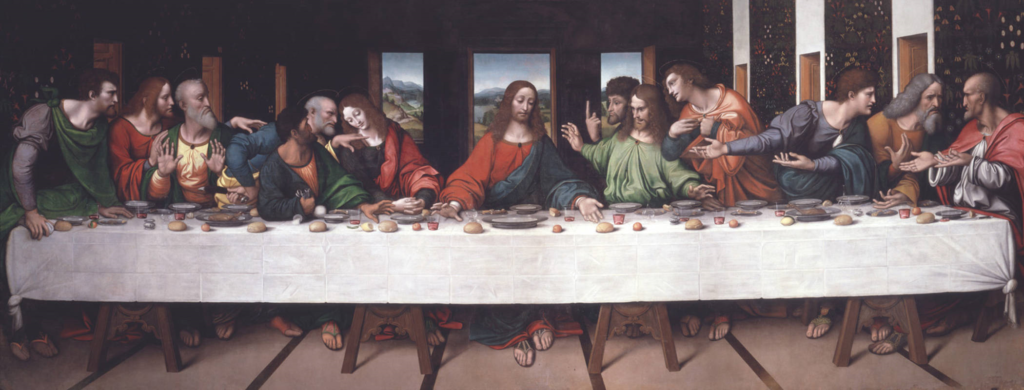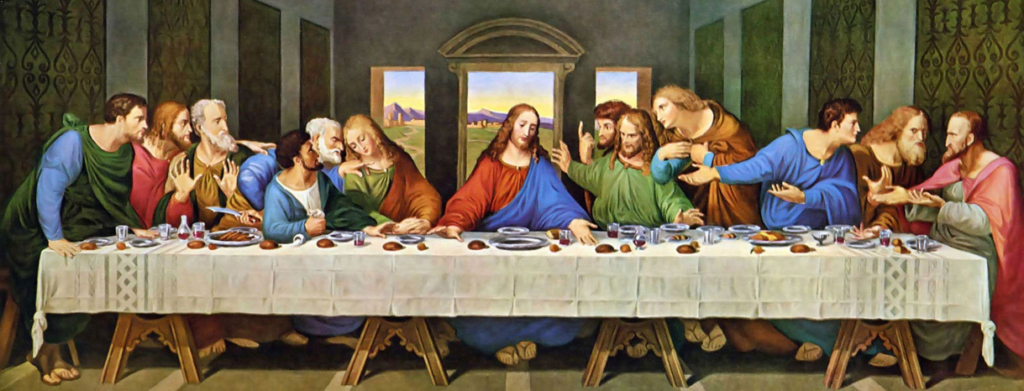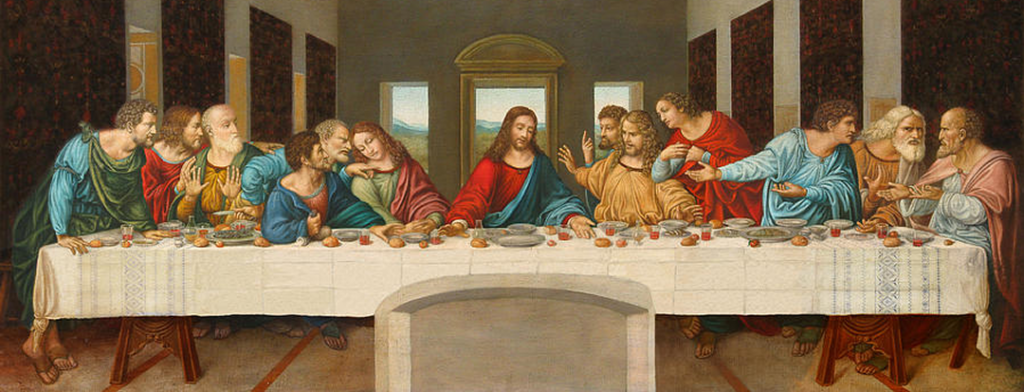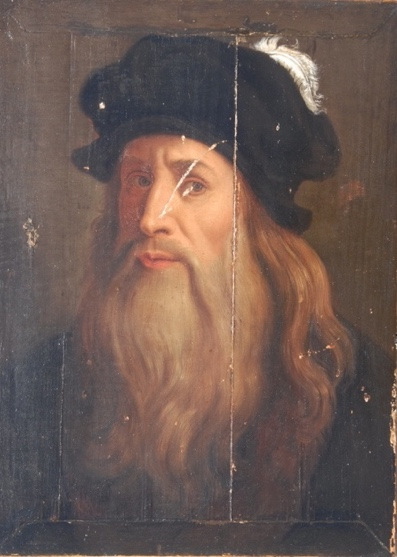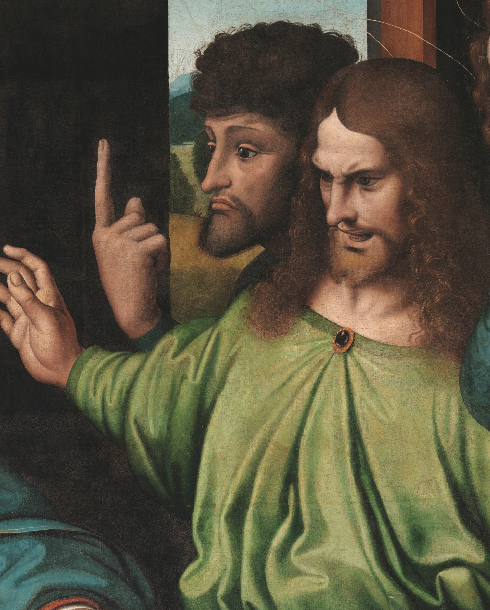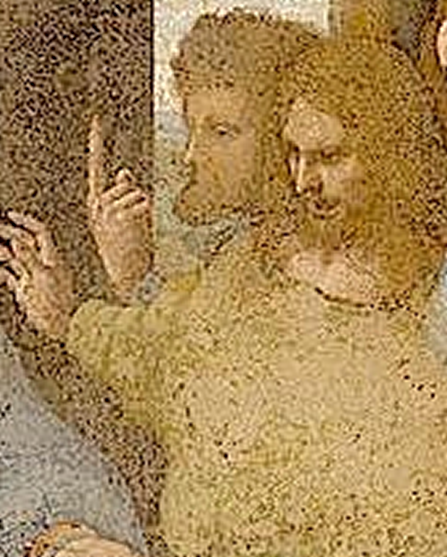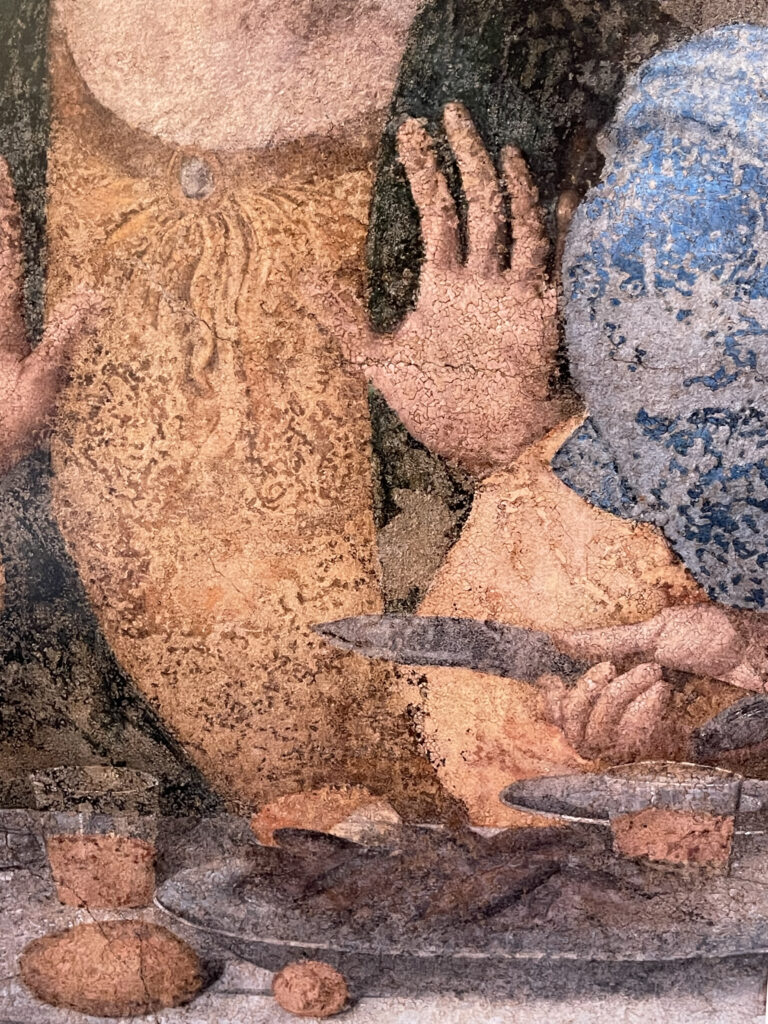THE PAINTER AND THE CARPENTER:
LEONARDO’S LIFE SIZE PORTRAIT OF JESUS
DISCOVERIES MADE 500 YEARS AFTER THE PAINTING
Readers of this book will be empowered to see the real Da Vinci Code overlooked by the school of Dan Brown, concealed by a secret society, and unsuspected by the art experts. Fresh research has made new connections and contexts for previously obscure journal musings.
When I made a Christ Child you put me in prison.
Now if I represent him grown up you will treat me worse.
New and Unpublished Material:
- In the Last Supper he expresses the Gnostic Gospels not the New Testament.
- The gender fluidity expresses Gnosticism, the artist’s aesthetic, lifestyle and anatomy.
- Leonardo was not an unbeliever but a nonconformist.
- He was inwardly secretive and aloof yet outwardly handsome and sociable.
- If you see Jesus as a preacher and Leonardo as an artist then you will not grasp Leonardo’s sublime religious paintings.
- Leonardo was a member of closed fraternities with access to books smuggled into Florence from the Islamic Middle East.
- A childhood friend of the Medicis, he was protected by friends in high places: popes, kings, dukes, soldiers, and statesmen.
- To escape prosecution he fled jurisdictions, finally settling in France.
- Leonardo has followed the gospels of Philip and Thomas, not Mathew and John: Jesus does not instruct the disciples, blame Judas, break bread, etc.
- John and Matthew lean away from the Master; Philip and Thomas revere Him.
- Thomas, the one who doubted, is modelled on the artist in middle age. Revealed by Ross King in 2013, I have found the proof.
- The probing finger of Thomas/ Leonardo directs us to the first of 12 dramatic scenes which depict the drift of the Church from the teaching of Jesus.
- There are 19 figures 6 of whom are hidden.
- The young person is a composite of John and Mary, a frequently used device.
- James is depicted in the posture of the crucifixion in a western esoteric tradition.
- As the first son of Joseph, James was the threat to the Herods. Jesus died in his place.
- Judas did not betray the Jews; he deceived the Romans.
- Leonardo painted perhaps the only Last Supper which does not expel Judas.
- The figure of Judas is one of many details modified to comply with orthodoxy – in this case the hatred of his race.
- The Last Supper did not dilapidate by accident; it was deliberately destroyed.
- The landscape as originally painted was Mt Sion with symbols long ago erased.





